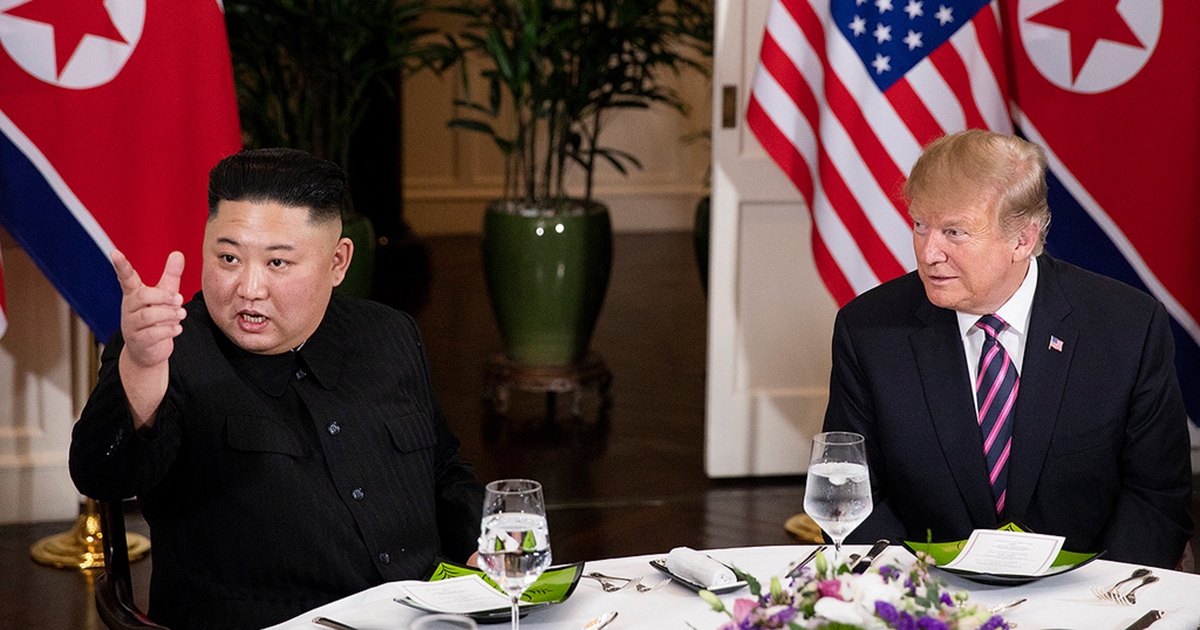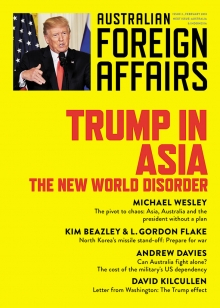The coldest winter
In the northern hemisphere this has already been one of the coldest winters for a very long time – a piece of good fortune for the Winter Olympics in South Korea, even though it may be the last happy moment on the Korean Peninsula for a long time. A war there is a distinct possibility, and some form of military action to disrupt North Korean nuclear weapon developments is even more likely. Diplomacy may have run its course. Without doubt we are at the most dangerous moment since the armistice that adjourned the Korean War in 1953. A war today could have unimaginable consequences: a catastrophic death toll, missile strikes beyond the Peninsula, the first nuclear bombs to be used in conflict since Hiroshima and Nagasaki. The risk has long been real – and in 2018, with Donald Trump in the White House, it is alarmingly high. Events unfolding on the Peninsula and in Washington are pointing in a direction that is difficult, but essential, to contemplate.
Until now, the most dangerous moment since the 1953 armistice occurred in 1994, when the current North Korean dictator’s father, Kim Jong-il, foreshadowed the development of a nuclear reactor capable of producing fissile material and evicted international inspectors. In the ensuing crisis, the US Secretary of Defense, William J. Perry, gave President Bill Clinton options for a “surgical strike” on the reactor site. This provoked the US ambassador to South Korea, Jim Laney, and the commander of US Forces Korea (USFK), General Gary Luck, to suggest to Clinton that American non-combatants in South Korea would first need to be withdrawn. This, they warned, might well cause Kim to pre-empt a strike with military actions of his own. Their sobering conclusion was that this would result in tens of thousands of civilian casualties. A large proportion of the civilian population in and around the South Korean capital, Seoul, lived within 80 kilometres of the border with North Korea. Now the figure is over 50 per cent. Effectively, these South Koreans were hostages to North Korean good behaviour. They still are.








